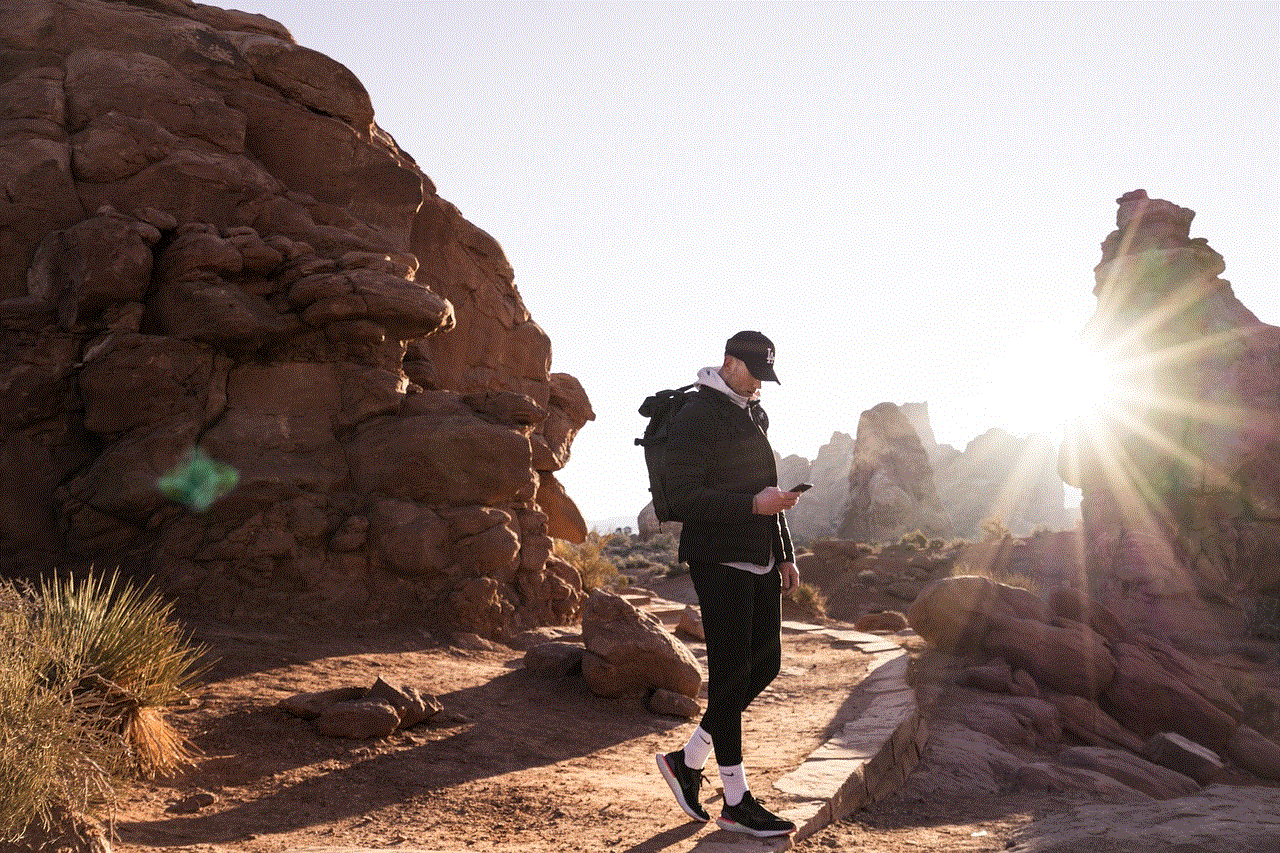words with flex
The word “flex” has become a popular term in the modern world, especially in the context of fitness and exercise. It is often associated with strength, flexibility, and agility, but the concept of flex goes beyond just physical abilities. In this article, we will explore the various ways in which the word “flex” is used and its significance in different aspects of our lives.
Flex is a term that is commonly used to describe the contraction of muscles. As we all know, muscles are essential for our body’s movement and functioning. Flexing our muscles is a way to showcase their strength and power. However, flexing is not just limited to showing off our physical capabilities; it also has a deeper meaning.
In the fitness world, “flex” is used to describe a specific type of training that focuses on building muscle mass and improving overall physical strength. This type of training is called “flex training,” and it involves working out with weights and using resistance to challenge and strengthen the muscles. Flex training is popular among bodybuilders and athletes, but it is also beneficial for anyone looking to improve their physical fitness.
Flex training is not just about building muscles; it also helps to improve flexibility. Flexibility is the ability to move our joints and muscles through their full range of motion. It is a crucial aspect of physical fitness, as it helps to prevent injuries and improves overall mobility. Flex training incorporates stretching exercises to improve flexibility and balance out the muscle-building aspect of the workout.
Aside from the physical aspect, the word “flex” is also used to describe a mental state. When someone is said to be “flexing their mental muscles,” it means that they are using their mental abilities to their full potential. This can include problem-solving, critical thinking, and decision-making skills. Just like how we work on our physical muscles, we can also train and improve our mental muscles through various activities and challenges.
In the workplace, being able to flex our mental muscles is highly valued. Employers look for individuals who can handle pressure, think on their feet, and come up with creative solutions to problems. In this fast-paced and ever-changing world, being mentally flexible is a valuable asset that can lead to success in various fields.
Flexibility is also essential in our relationships and social interactions. Being able to adapt to different situations and communicate effectively with different personalities requires a certain level of flexibility. It means being open-minded, understanding, and willing to compromise. In a way, flexing our social muscles helps us to build and maintain strong and healthy relationships with others.
In recent years, the term “flex” has also been associated with financial success. The phrase “flexing on Instagram ” refers to people showing off their expensive possessions and luxurious lifestyles on social media platforms. It has become a way to showcase one’s wealth and status in society. While this may seem superficial, the concept of flexing in the financial sense also has a deeper meaning.
Financial flexing can also be seen as a way to motivate and inspire others. When someone shares their success story and the hard work and sacrifices that led to their achievements, it can serve as a reminder that anything is possible with determination and hard work. However, it is essential to remember that financial flexing should not be used to belittle or judge others. Instead, it should be a source of inspiration and a reminder to work towards our own goals.
Flexibility is not just limited to physical or mental abilities; it also applies to our attitudes and behaviors. In today’s world, where change is constant, being able to adapt and be flexible is crucial. Whether it is a change in technology, work processes, or personal circumstances, being able to adjust and embrace change is essential for our growth and progress.
Flexibility also plays a significant role in our personal development and self-care. Being able to recognize and challenge our limiting beliefs and habits requires a certain level of flexibility. It means being open to new ideas and willing to step out of our comfort zone. Flexibility in this sense helps us to grow and evolve as individuals, leading to a more fulfilling and meaningful life.
In conclusion, the word “flex” encompasses various meanings and uses, from physical fitness to mental strength, to financial success, and personal growth. It is a term that has evolved and adapted to fit different contexts and situations. Whether it is used to describe a workout routine, a mindset, or an attitude, the concept of flex has become an integral part of our daily lives. So, let us continue to flex our muscles, both physically and mentally, and embrace the changes and challenges that come our way.
is snapchat safe for 13 year olds
Snapchat is a popular social media platform that allows users to share photos and videos with their friends. It has gained immense popularity, especially among teenagers and young adults. However, with its growing popularity, concerns have also been raised about the safety of the app, especially for younger users. Many parents wonder whether Snapchat is safe for their 13-year-old children to use. In this article, we will delve deeper into this question and provide you with an in-depth analysis of the safety of Snapchat for 13-year-olds.
The minimum age requirement to use Snapchat is 13 years old, which is in line with the Children’s Online Privacy Protection Act (COPPA). However, this does not necessarily mean that the app is safe for all 13-year-olds. As a parent, it is important to understand the features and potential risks associated with Snapchat before allowing your child to use it.
One of the main concerns about Snapchat is the possibility of cyberbullying. Cyberbullying refers to the use of electronic communication to bully, harass, or intimidate someone. This can happen on any social media platform, including Snapchat. The app allows users to send direct messages to each other, which can be used to send hurtful or inappropriate content. Furthermore, Snapchat has a feature called “Snap Map” that allows users to see the location of their friends on a map. This can make it easier for bullies to track and target their victims. As a parent, it is crucial to have open and honest conversations with your child about cyberbullying and how to handle it if they encounter it on Snapchat.
Another concern is the possibility of strangers contacting your child on Snapchat. The app has a feature called “Quick Add” that suggests potential friends to add based on mutual friends or phone contacts. This can make it easy for strangers to add your child and send them messages. However, this feature can be disabled in the app’s settings, and it is recommended for parents to turn it off for their child’s account. Additionally, it is important to educate your child about the dangers of talking to strangers online and to only add people they know in real life as friends on Snapchat.
One of the unique features of Snapchat is the disappearing content. When a user sends a photo or video to someone, it will disappear after a few seconds. This feature can make it tempting for users to send risky or inappropriate content, thinking that it will disappear without any consequences. However, there are ways for recipients to save or screenshot the content, which can lead to it being shared and potentially causing harm to the sender. As a parent, it is crucial to educate your child about the permanence of content on the internet and to think before sending anything on Snapchat.
The use of filters and lenses on Snapchat has become a popular trend among its users. These filters can alter one’s appearance, often making them look more attractive or funny. While they can be entertaining, they can also negatively impact a child’s self-esteem and body image. As a parent, it is important to monitor your child’s use of filters on Snapchat and to talk to them about the importance of self-acceptance and not comparing themselves to others based on edited photos.
Apart from the potential risks associated with the features of Snapchat, there is also the concern of exposure to inappropriate content. While Snapchat has strict guidelines against nudity, violence, and hate speech, it is impossible to completely filter out all inappropriate content on the app. There have been instances of pornographic content being shared on the app, which can be distressing for young users. As a parent, it is crucial to have parental controls in place and to monitor your child’s use of Snapchat to ensure they are not exposed to any inappropriate content.
On the bright side, Snapchat has taken some steps to improve the safety of its platform for younger users. In 2017, they introduced a “Snapkidz” feature, which allows children under the age of 13 to take photos and draw on them but not share them with anyone. This provides a safer alternative for young children who want to use Snapchat but are not old enough to have an account. Furthermore, Snapchat has also added a “For Parents” section on their website, which provides resources and advice for parents on how to keep their children safe on the app.



In addition to the safety concerns, there are also benefits to allowing your 13-year-old child to use Snapchat. It can be a fun and creative way for them to express themselves and connect with their friends. The app also has a “Discover” section, which features content from professional media companies, providing a safe way for children to consume news and entertainment.
To ensure the safety of your child on Snapchat, there are some steps you can take as a parent. Firstly, make sure to have open and honest conversations with your child about the risks associated with the app. Educate them about the importance of responsible and respectful use of social media. Secondly, enable the privacy settings on your child’s account, including turning off the “Quick Add” feature and setting their account to private. Thirdly, regularly monitor your child’s use of Snapchat and have access to their account. This will allow you to see who they are communicating with and the content they are sharing and receiving. Lastly, make sure to have a plan in place for handling cyberbullying or any other safety concerns that may arise.
In conclusion, Snapchat can be a fun and entertaining social media platform for 13-year-olds, but it is important for parents to be aware of the potential risks associated with it. As with any social media app, it is crucial to have open communication with your child and to monitor their use to ensure their safety. By taking the necessary precautions, parents can feel more at ease allowing their 13-year-old child to use Snapchat.
boujee meaning in hindi
Boujee, a slang term that has gained popularity in recent years, is often used to describe someone or something as luxurious, extravagant, or high-end. While the term originated in American hip-hop culture, it has now become a part of mainstream vocabulary and is used by people of all ages and backgrounds. In this article, we will discuss the origin and evolution of the term “boujee,” its meaning in Hindi, and how it has become a part of modern-day language and culture.
Origin of Boujee
The word “boujee” is believed to have originated from the French word “bourgeoisie,” which refers to the middle class in society. However, the term was first used in the 1980s by rapper Z-Ro in his song “I Hate You Bitch.” It was later popularized by rappers such as Lil Wayne, Rick Ross, and Cardi B in their songs, and soon became a part of the hip-hop lexicon. In the early 2000s, the term was often used to describe someone who was materialistic or pretentious, with a focus on wealth and status.
Evolution of Boujee
As the term “boujee” gained popularity in the hip-hop community, it started to evolve and take on different meanings. In the 2010s, the term became more associated with luxury and extravagance, often used to describe someone or something that was high-end or expensive. It also became a way for people to flaunt their wealth and status, with the term being used as a form of boasting or bragging.
However, the term “boujee” has also undergone a more positive evolution, with people using it to describe someone who is confident, stylish, and unapologetically themselves. In this context, the term is not just limited to material possessions but also refers to a certain attitude and way of life. It has become a way for people to celebrate their personal success and accomplishments, rather than just focusing on material wealth.
Boujee Meaning in Hindi
In Hindi, the term “boujee” can be translated as “शानदार” or “आलीशान.” These words carry a similar meaning of being luxurious and high-end, which is the essence of the term “boujee.” However, the Hindi language does not have a direct translation for the word “boujee,” and it is often used as is, especially in urban and youth culture.



Boujee in Popular Culture
The term “boujee” has become a part of popular culture, with its usage in music, movies, and television shows. In the music industry, artists often use the term in their lyrics, and it has become a staple in the hip-hop genre. In the movie industry, the term has been featured in films such as “The Wolf of Wall Street” and “The Great Gatsby,” where it is used to describe the lavish and extravagant lifestyles of the characters.
In television shows, “boujee” has been used as a source of humor, with characters often making fun of someone who is trying too hard to be luxurious or high-end. It has also become a popular hashtag on social media, used by influencers and celebrities to showcase their expensive possessions and lifestyles.
Boujee Lifestyle
The term “boujee” has also become associated with a certain lifestyle, with people striving to achieve a boujee way of living. This lifestyle is often characterized by a focus on luxury, material possessions, and status symbols. People who live a boujee lifestyle are often seen as successful and wealthy, with a desire to show off their wealth and success to the world. However, as the term has evolved, it has also come to represent a more positive lifestyle, one that is confident, unapologetic, and true to oneself.
Boujee Fashion
The term “boujee” has also influenced the fashion industry, with boujee fashion being associated with high-end and designer clothing, accessories, and shoes. People who follow this fashion trend are often seen as fashion-forward and stylish, with a keen eye for luxury and extravagance. Brands such as Gucci, Louis Vuitton, and Prada are often associated with boujee fashion, and their products are highly coveted by those who want to achieve a boujee look.
Boujee Travel
As the term “boujee” has become associated with luxury and extravagance, it has also influenced the travel industry. People who want to experience the boujee lifestyle often opt for lavish and high-end vacations, staying in luxurious hotels, and indulging in fine dining and exclusive experiences. Social media has played a significant role in promoting boujee travel, with influencers and celebrities showcasing their boujee vacations to their followers.
Criticism of Boujee Culture
While the term “boujee” has become a part of modern-day vocabulary and culture, it has also faced criticism for promoting materialism and shallowness. Some argue that the term glorifies wealth and status, leading to an unhealthy obsession with material possessions. Others believe that the term is a form of cultural appropriation, as it originated from African American culture but is now used by people of all races and backgrounds.



Conclusion
In conclusion, the term “boujee” has come a long way from its origins in hip-hop culture to becoming a part of mainstream vocabulary and culture. Its evolution from a negative connotation to a more positive one reflects the changing attitudes towards wealth, success, and lifestyle. While the term may have its critics, there is no denying its influence on popular culture, fashion, and travel. And as the term continues to evolve, it will be interesting to see how it will be used and interpreted in the future.